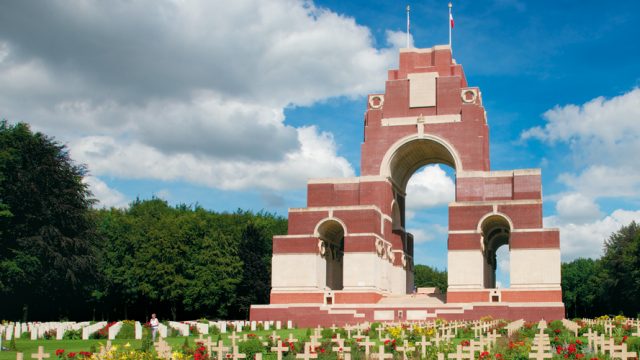It was as dramatic as it could get. When the clock struck 11 on the 11th day of November in 1918, representatives from Germany, Great Britain and France, who had gathered in a railway carriage in the Forest of Compiègne near Paris, signed an armistice that ended World War I (WWI). That day, millions of people across the world had as much reason to rejoice as they did to mourn—more than 8.5 million soldiers and an even larger number of civilians had perished over four years.
November 11, 2018 will be a hundred years since. WWI left plenty of cemeteries and battlefields in its wake, and many war memorials have come up since. With the centennial around the corner, history buffs have been heading to these venues in droves. Done properly, war tourism is a great opportunity for an in-depth understanding of the times, even to sensitise the post-Cold War generation of the horrors of a war of such proportions. The idea is to focus on the history and the tragedy, without making an exhibition of the horrors or disrespecting the deceased.
The most prominent WWI battles took place in France and Belgium. At the latter, Ypres was home to the Battle of Passchendaele, where estimates claim at least half a million deaths. Here, the Tyne Cot Cemetery, with 11,900 graves, and the In Flanders Fields Museum, with its display of the futility of the war, are must-visits. In France, the Battle of the Somme was equally devastating. Among the presumed casualties, 72,246 British and South African soldiers went missing in action. They are commemorated at the nearby Thiepval Memorial. Trenches and tunnels were an important but tragic part of WWI—the sites of many bloodbaths. Vimy Ridge in France and the Trench of Death near Ypres are two such sites.

Many Indian soldiers, as part of the British forces, fought valiantly in the Great War. The Indian Forces Memorial near Menin Gate in Ypres honours the over 1,30,000 Indians who served in the region. Heroes such as Khudadad Khan, the first Indian recipient of the Victoria Cross, and Mir Dast, who rescued eight officers amid heavy fire, are remembered here.
War tourism extends beyond WWI, of course. It is important to countries such as Cambodia, with its Khmer Rouge killing fields where Pol Pot claimed an estimated one-million-plus lives between 1975 and 1979. These sites sensitise visitors to tragedies beyond the World Wars, but which were just as brutal.
War tourism is a way of ensuring the world neither forgets nor repeats some of its worst mistakes. Reminders such as these are good things.
Visit these places on your own, or take the the help of an operator. For instance, Yatra Journeys, a recently launched experiential travel programme, is offering a ‘WW I—India on the Western Front’ 6N/7D itinerary through Belgium and France. See yatra.com for more.




